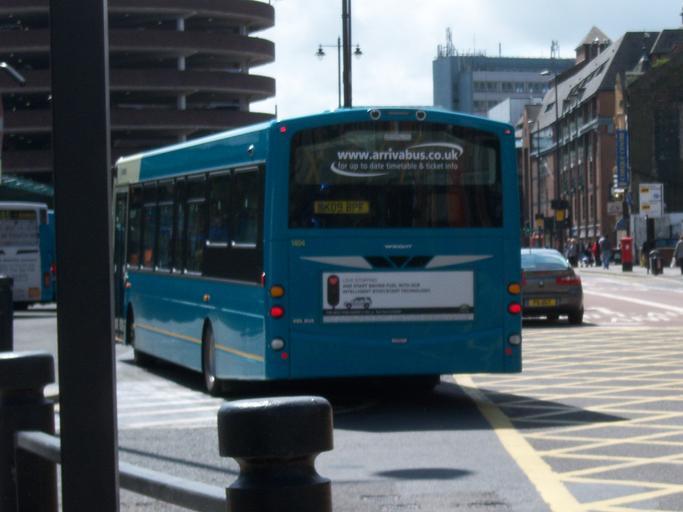For many, the daily commute is a necessary activity. While driving offers independence, it often comes with the stress of traffic, parking woes, and rising gas prices. Enter the humble commuter bus: a public transit option that allows you to relax, catch up on work, or simply zone out while someone else navigates the road. However, to truly leverage the benefits of bus commuting, mastering the art of the bus schedule is crucial.
This isn’t just about knowing when the bus arrives; it’s about understanding how the bus schedule for bus works, finding the most efficient routes, and utilizing the tools available to make your commute as seamless as possible.
Decoding the Schedule: Beyond the Numbers
At first glance, a bus schedule can look like a confusing grid of times and locations. But with a little understanding, it becomes a powerful tool. Here’s what to look for:
- Route Number and Name: This is your starting point. Ensure you’re looking at the correct schedule for the route you need.
- Direction of Travel: Most bus routes have different schedules for each direction (e.g., “Inbound” and “Outbound”). Double-check you’re viewing the schedule for the direction you intend to travel.
- Timepoints: Schedules typically list times for specific stops along the route called “timepoints.” These are key locations where the bus aims to arrive on schedule.
Intermediate Stops: While schedules don’t usually list times for every single stop, you can generally estimate arrival times at stops between timepoints based on the listed times and the distance between stops. - Days of Operation: Pay close attention to whether the schedule is for weekdays, weekends, or holidays. These can vary significantly.
- Notes and Symbols: Look for any footnotes or symbols that might indicate specific rules, such as “Limited Stop” service or “Connects with Train X.”
Finding the Right Bus: Planning Your Route
- Online Route Planning Tools: Most public transit agencies offer online trip planners or apps that allow you to enter your starting point, destination, and desired arrival time. These tools will automatically generate a route with suggested bus lines, transfer points, and estimated travel times.
- Google Transit: Google Maps also integrates public transit information. Simply enter your destination and select the “Transit” icon to see available bus routes and schedules.
- Paper Schedules (if available): While digital tools are convenient, sometimes a physical schedule can be useful for a quick overview of the entire route.
- Consider Transfer Points: Don’t be afraid to utilize multiple bus lines to reach your destination. Carefully plan your transfers, allowing ample time to switch buses.
Tips for a Stress-Free Bus Commute:
- Arrive Early: Aim to arrive at your stop a few minutes before the scheduled arrival time.
- Track Your Bus in Real-Time: Many transit agencies offer GPS tracking apps that show the real-time location of buses. This can help you estimate arrival times more accurately and adjust your plans if there are delays.
- Understand Fare Payment Options: Familiarize yourself with acceptable payment methods, such as transit cards, mobile ticketing, or cash.
- Be Aware of Your Surroundings: Pay attention to your surroundings and be mindful of other passengers.
- Report Issues: If you encounter a problem, such as a delayed bus or an unsafe situation, report it to the transit agency.
Beyond the Schedule: Embracing Bus Commuting
Mastering the bus schedule for bus is the first step towards a smoother, more enjoyable commute. By understanding how schedules work, utilizing available tools, and following a few simple tips, you can transform your daily commute from a stressful chore into a relaxed and productive part of your day. So ditch the traffic jams, embrace the bus, and let someone else do the driving for a change!
